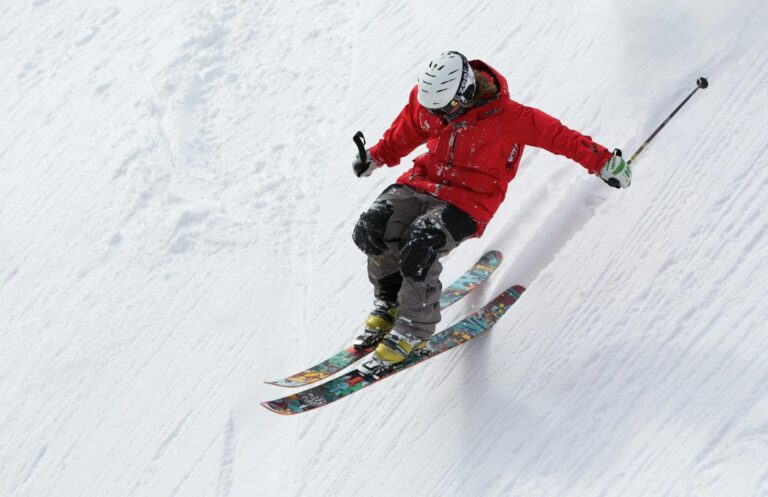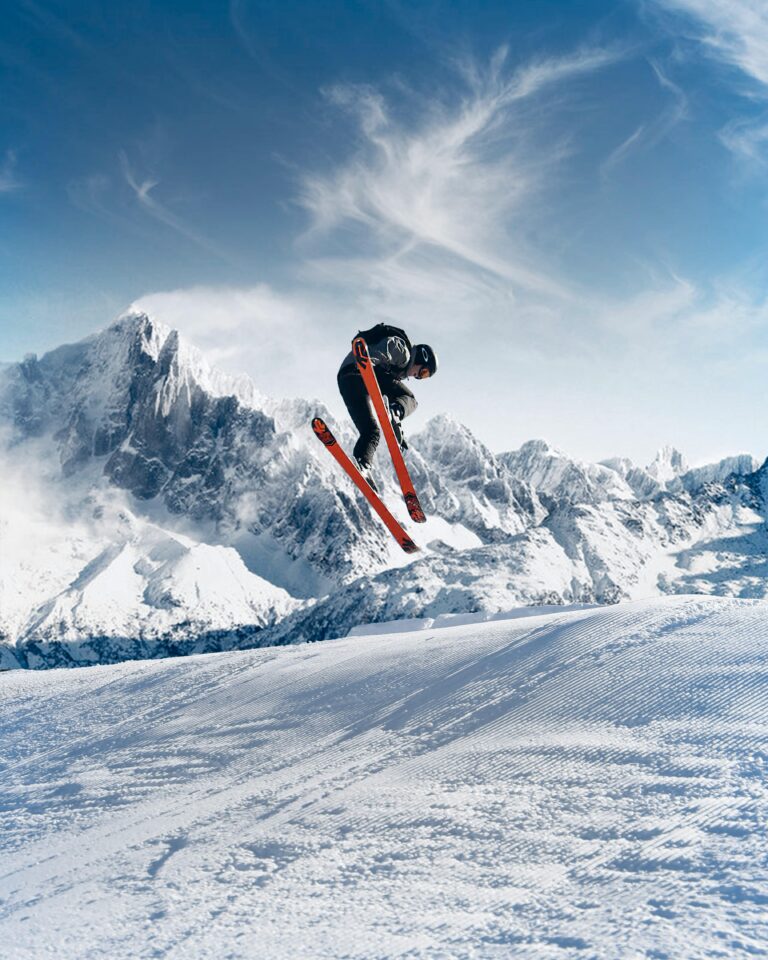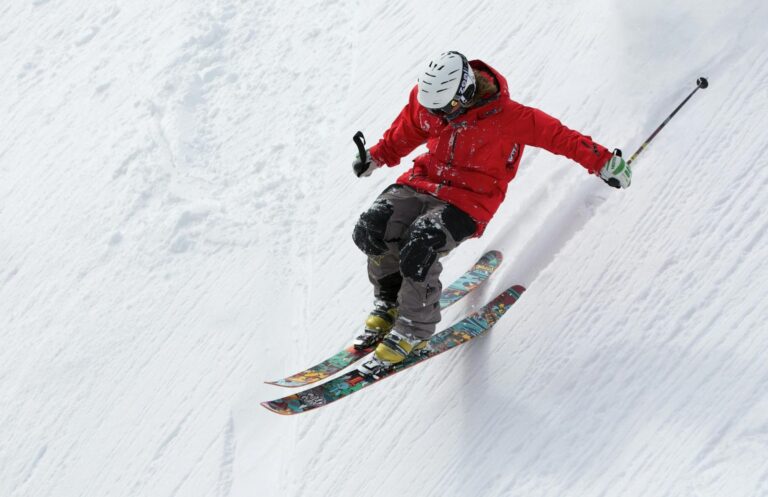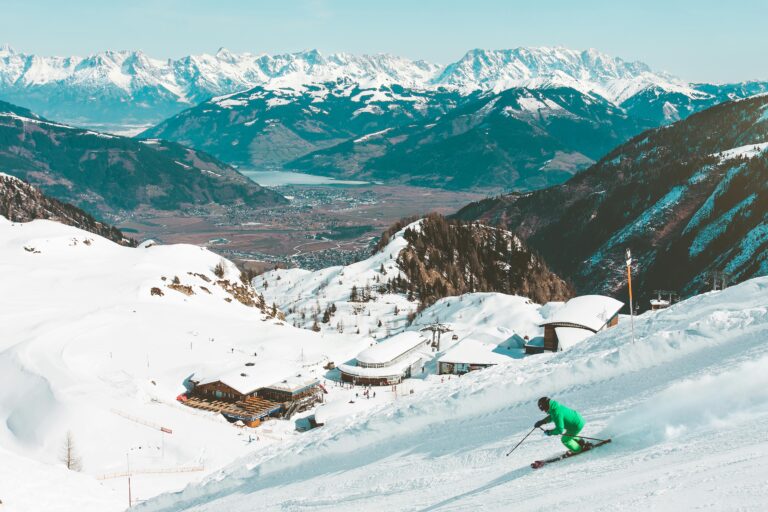When it comes to ski boots, getting the right tightness can feel like a puzzle. You want them snug enough to control your skis but not so tight that your feet feel like they’re trapped in a vice. I’ve been there—wondering if my boots were too loose or way too tight. Getting this balance right can turn a shaky run into a smooth, confident glide down the mountain. Let’s figure out how tight your ski boots should actually be so your toes stay comfy and your heels don’t slip around.
How Tight Is Tight Enough?

The tightness of your boots isn’t just about comfort—it has a big impact on how you ski. Use these simple checks to know you’ve got the fit dialed in.
- Heel Hold: The heel is your boot’s anchor. If it moves too much, you’re losing control. Try the “one-finger” test—can you wedge a finger behind your heel while standing? Perfect. Just a little movement is okay; no slipping means you’re set to carve those turns.
- Toe Positioning: Stand up straight in your boots—your toes should lightly brush the front, kind of like they’re gently tagging the toe. Now, flex forward like you’re ready to ski downhill—the toes should pull back just a bit, giving some wiggle room without feeling loose. When you stand back up, the toes come forward again, ready for action.
- Warmth and Circulation: Cold or numb feet? Not good. Your feet should feel warm, not frozen. If your toes start going numb after a few minutes, it’s a sign your boots are choking circulation and need loosening. Skiing with icy toes is no fun and, frankly, kind of dangerous.
- Watch for Pain: Sharp pain, cramping, or numbness isn’t something to tough out. Think of snug as a firm handshake, not a bear hug. If your feet hurt, your boots are too tight, plain and simple.
Tightness Guidelines in a Brief Table
| Parameter | Ideal Fit Indicator | Check Method |
|---|---|---|
| Heel Hold | Minimal movement | One-finger test |
| Toe Position | Touching the front, not cramped | Stand up, flex forward |
| Warmth | Should feel warm and comfortable | Monitor foot sensation |
| Discomfort Signs | No pain, cramping, or numbness | Self-assess while standing and skiing |
Having a well-fitted boot makes your skis respond like they’re an extension of your legs. A bad fit? You’ll feel it in fatigue and frustration way faster than you want.
What the Experts Say
I don’t just pull this advice out of thin air. The American Academy of Orthopaedic Surgeons puts it simply: the right fit prevents injuries and improves how you ski. Loose or too-tight boots cause blisters and sore feet—no thanks. You can dig deeper with their ski safety guide here.
Ski boot fitter Andrea Hottman nails it when she says: “Everybody’s feet are different. You need snugness plus enough room to move naturally.” No cookie-cutter fits here—your boots need to match your foot shape and skiing style.
The best way to settle on your tightness? Try the boots out on the slopes. Make some turns, carve a bit—if your feet feel locked in but comfortable, you’ve hit the sweet spot.
Now that you know how to size up the perfect fit, you’re set to hit the mountain with confidence. And if you want extra help, here’s a handy video on boot fitting tips:
Remember: skiing is about fun and freedom, not torture. So buckle up, stay snug (not squeezed), and enjoy those runs!






